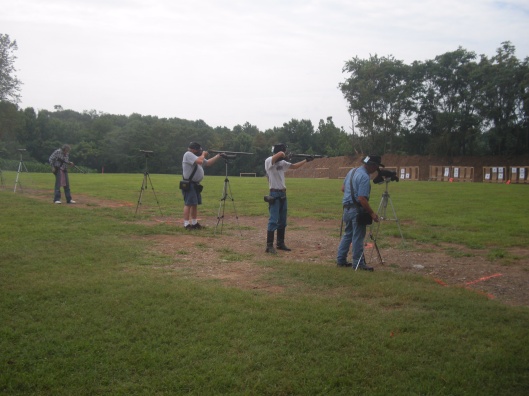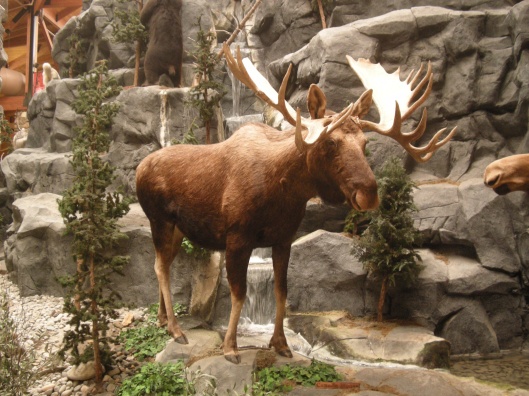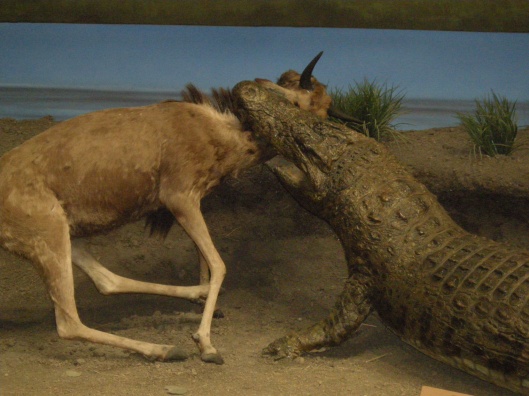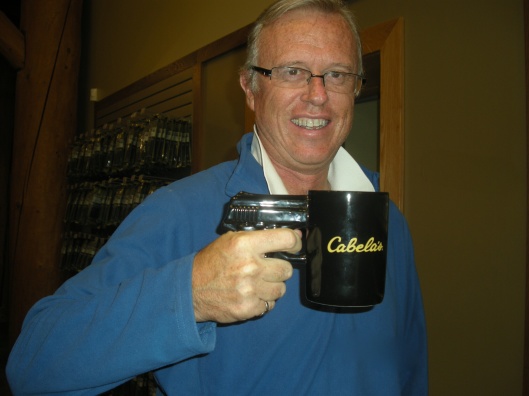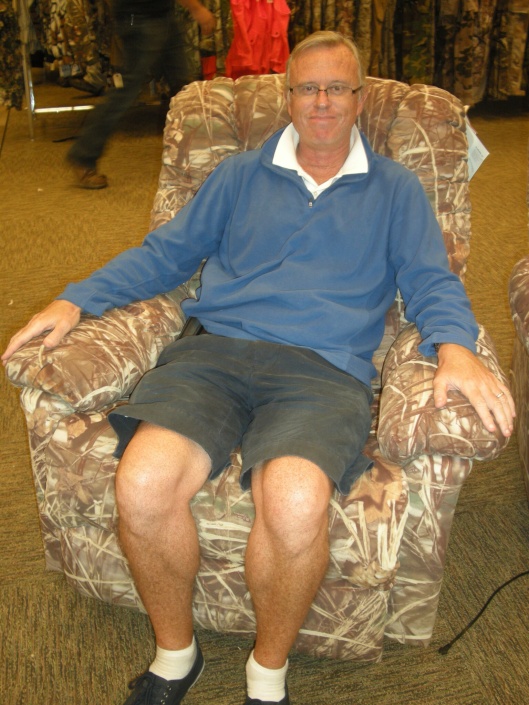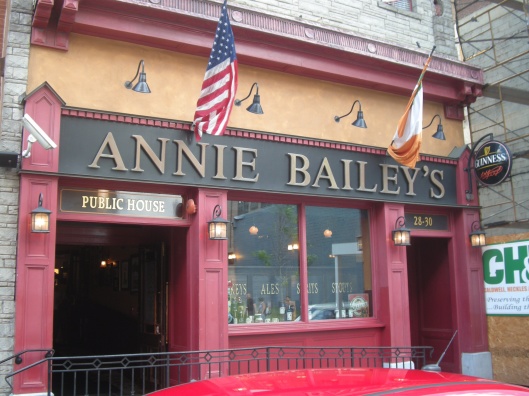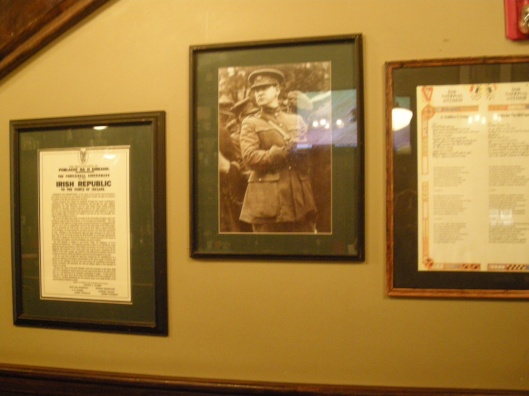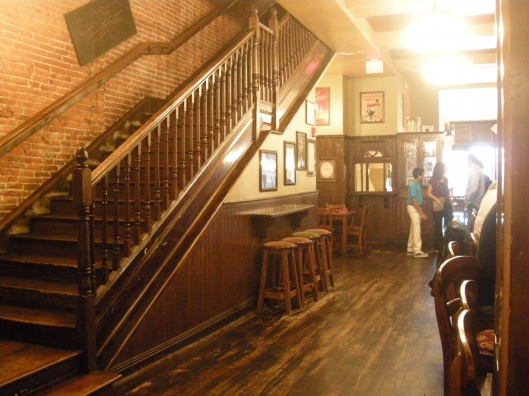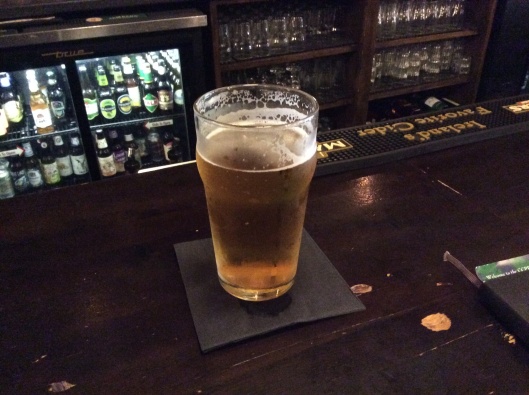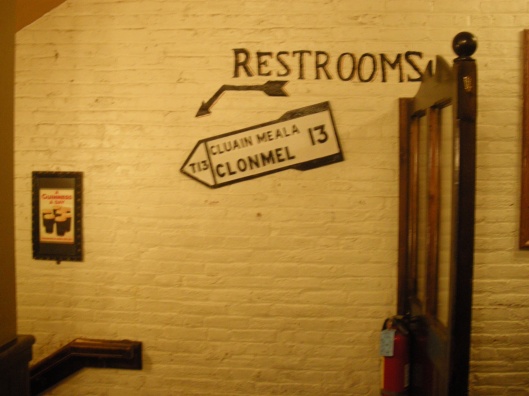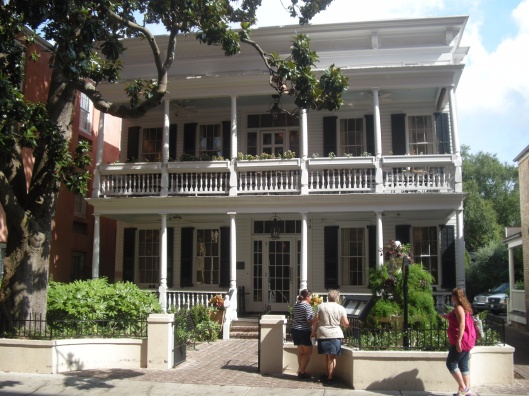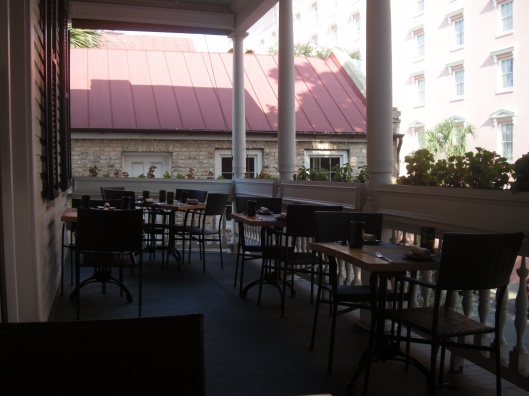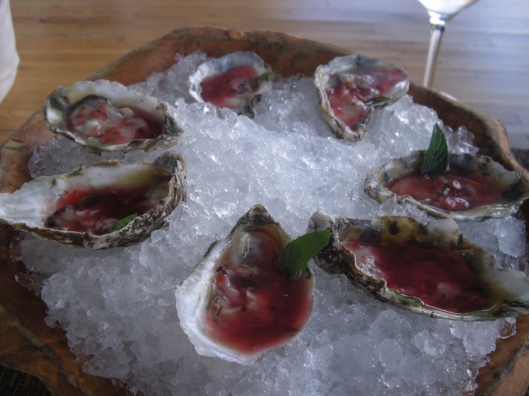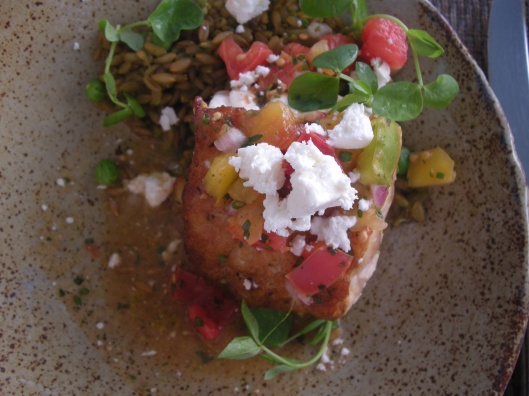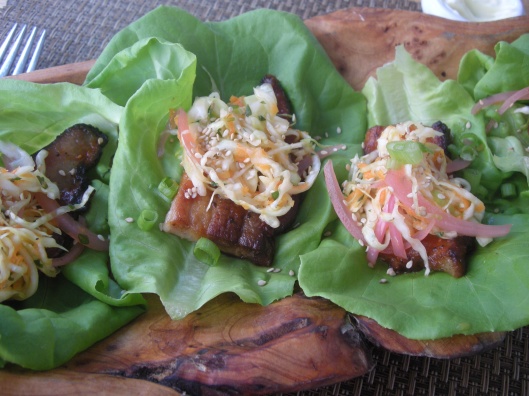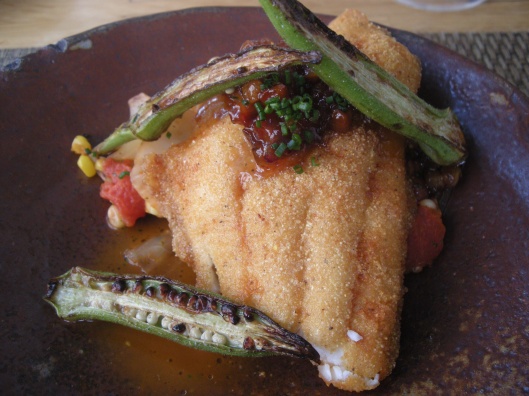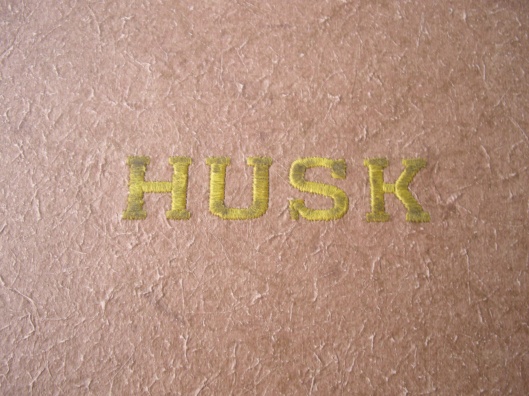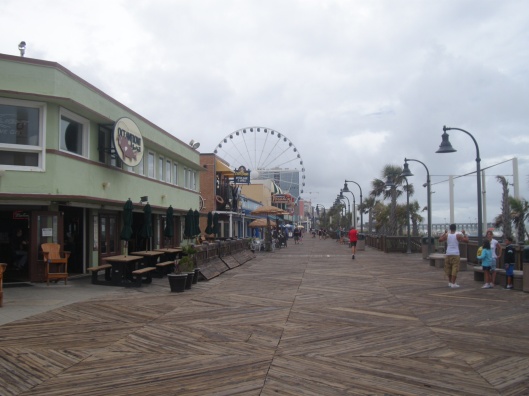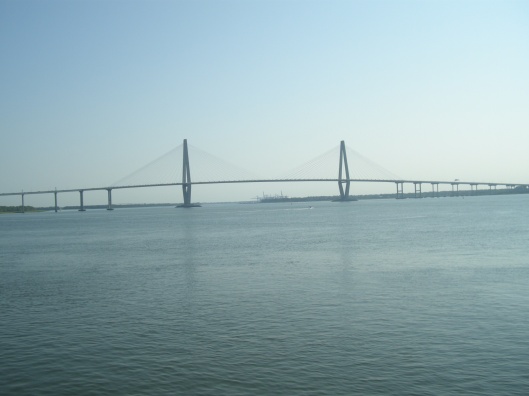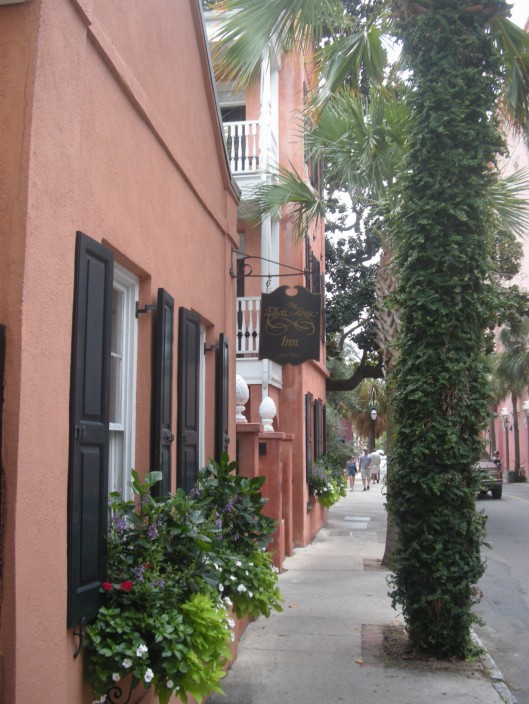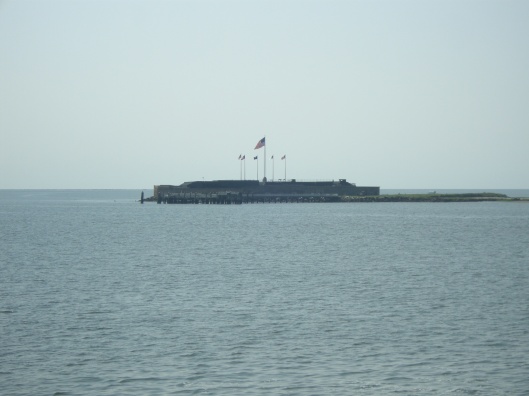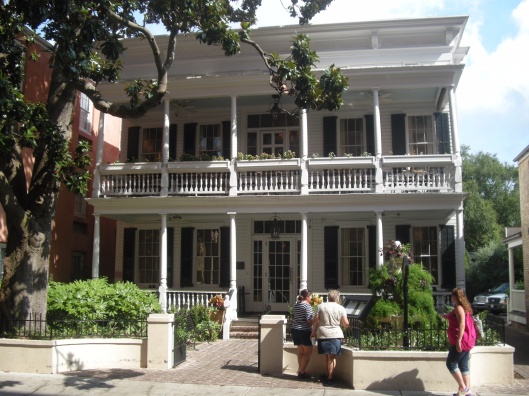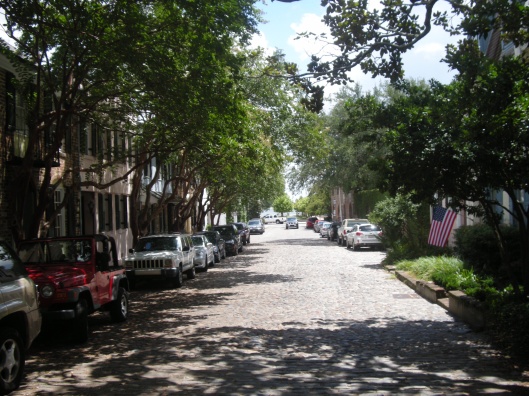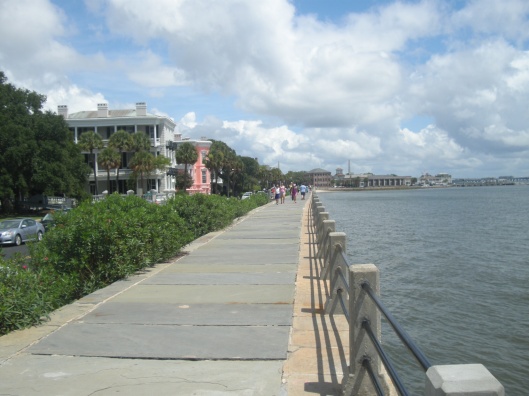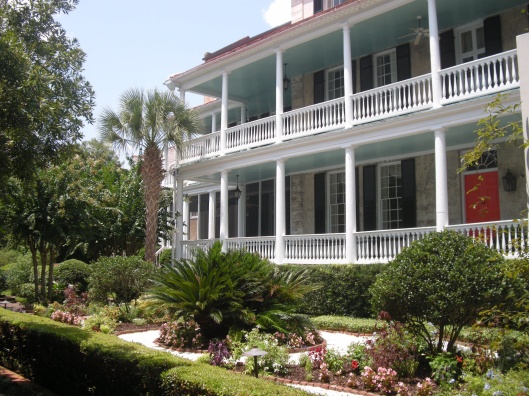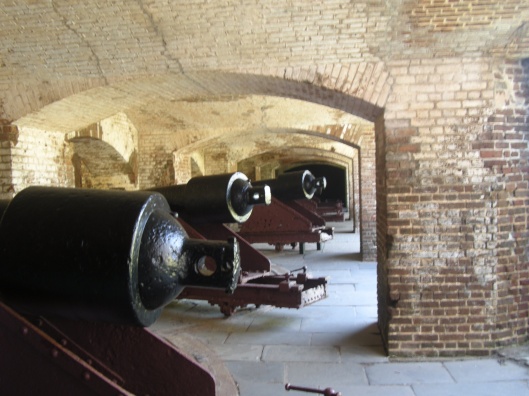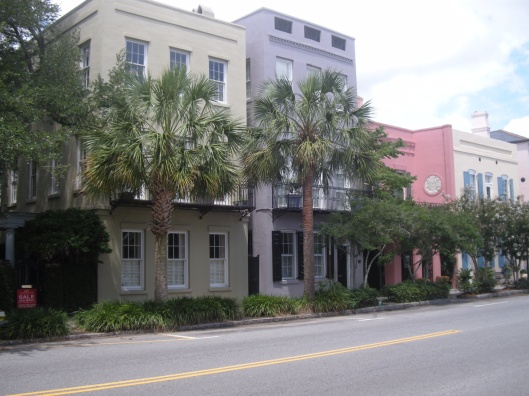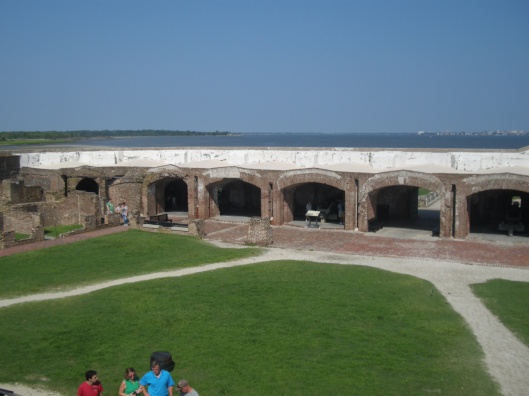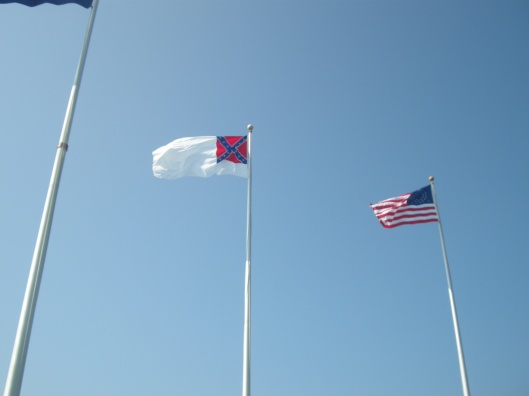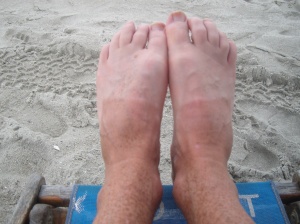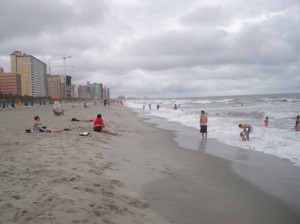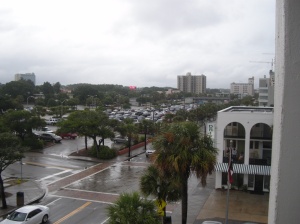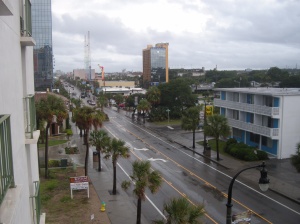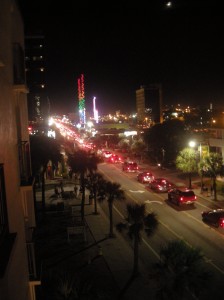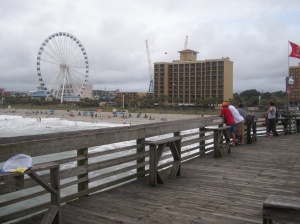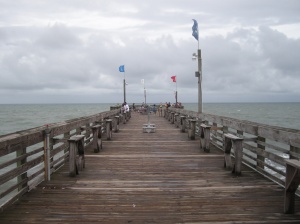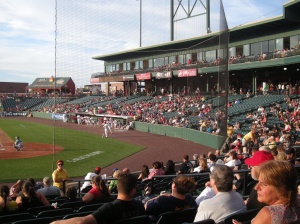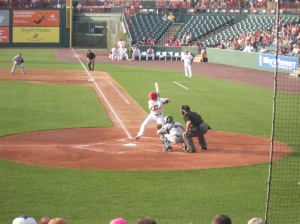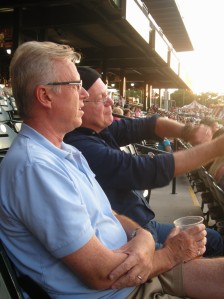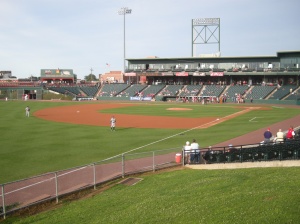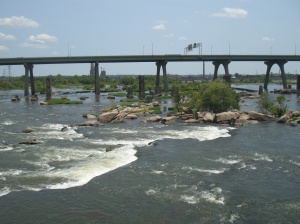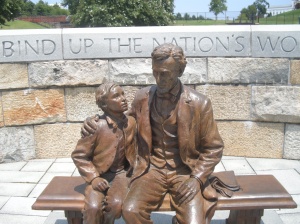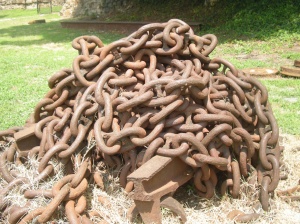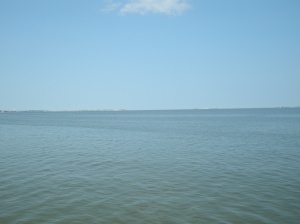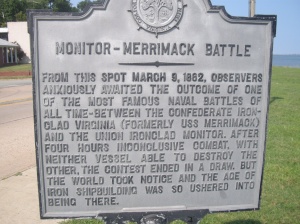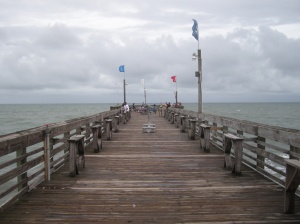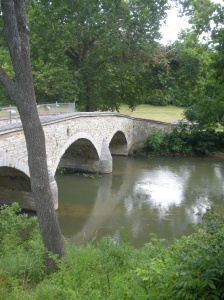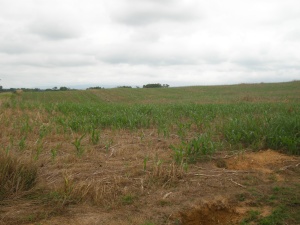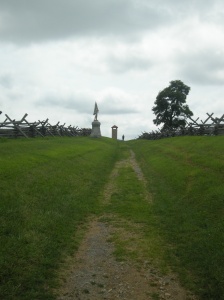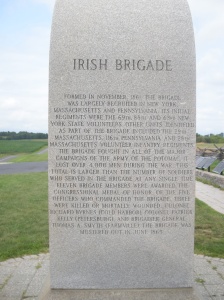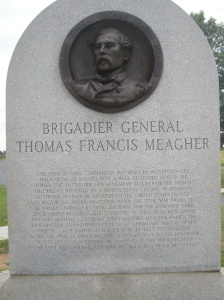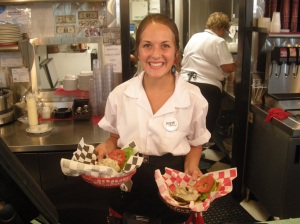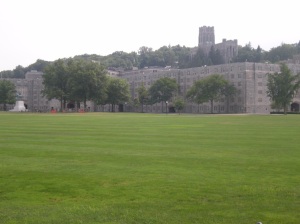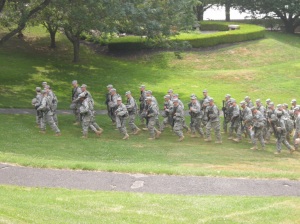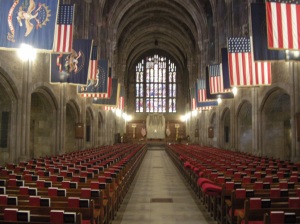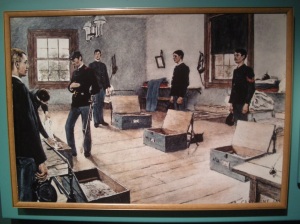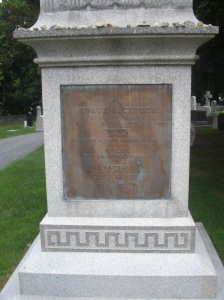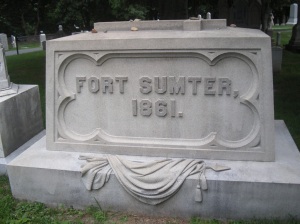Tags
American Road trip, Brian Moore, Cabela's, Civil War, fishing, General Reynolds Re-enactors, Guns, Hunting, JG Farrell Award, Lancaster PA, N-SSA, Novel, Pennsylvania, Rifles, road trip, USA, Writing
Guns.
As part of my research, I wanted to experience what the weapons of the Civil War looked like, how they felt when you carried them, how they worked and, most importantly, how they sounded.
I knew that back in Ireland there would be no way to do any of this but here in America … well, not only was it possible to see these weapons, I could also get a chance to fire them.
Thanks to the very helpful members of the North-South Skirmishing Association (N-SSA), I found that no weapon from the Civil War was off-limits and this included cannon.
I joined the ‘Lancaster Fencibles’ at an N-SSA skirmish, which was held just outside Lancaster in a little place called Drumore.
Here, on a lovely farm complete with corn and tobacco fields, N-SSA teams from across the region, both north and south, gathered with their Springfield and Enfield rifled muskets, Spencer and Henry repeating rifles, cavalry carbines and an assortment of revolvers and even old flintlock musket pistols.
At first, I worried that the members of the N-SSA would perhaps not appreciate a spectator at their event, but I could not have been welcomed with more friendly and enthusiastic greetings if I had been attending a family gathering back home.
I was introduced to the most knowledgeable Civil War experts I have encountered on this trip. And these experts had guns!
I was shown how each weapon was loaded, carried, cared for and fired. I got to feel the weight of the guns, of the ammunition and, most importantly, I heard and felt the sound that echoed across the fields as over 100 rifles fired at once.
I stood at the end of the firing line and saw the rifles leveled at their paper targets and then the line exploding with a volley that made me stagger back.
While this was all very impressive, as one of the ‘Lancaster Fencibles’ rightly pointed out, this was just 100 rifles, one tenth the strength of a regiment. I can only imagine the sight, sound and damage that 1,000 rifles firing as one would inflict on an enemy less that 200 yards (180 metres) away.
Another interesting fact was the amount of smoke this line of rifles produced – visibility on a Civil War battlefield must have been very restricted.
But now came my chance and I didn’t have to be asked twice if I wanted to fire a rifled musket.
I stepped up to the firing line, my instructor, a Mr. Tom Wiegand, handed me his precious rifle and talked me through the loading procedure.
There are nine steps. Nine steps before you get to fire one shot and then have to repeat the procedure again. Nine steps while you wait as the opposition levels their rifles at you, while you stand there shoulder-to-shoulder with the rest of your comrades.
You can’t skip a step, your gun won’t fire if you do. A well-trained infantry soldier of the Civil War could get off three shots in a minute.
So, here are the nine steps and, remember, you can’t lie down on the ground and do this; because of the length of the rifle and the fact that you are loading through the barrel of the gun, you have to stand upright.
- Take a cartridge from the leather pouch hanging by your side (the cartridge is a paper tube with a Minie ball (bullet) at one end and a black powder (gunpowder) charge at the other.
- Bite the Minie ball out of the cartridge and hold the bullet in your mouth.
- Pour the black powder down into the barrel of the rifle.
- Take the Minie ball from your mouth and place it into the barrel of the rifle.
- Remove the ramrod from the rifle and ram the Minie ball down into the barrel making sure it reaches the end.
- Replace the ramrod.
- Cock the hammer.
- Remove a copper cap from your leather pouch and place it on the nipple beneath the cocked hammer. (This copper cap is the firing pin, it has fulminated mercury which causes a spark and ignites the powder and fires the Minie ball out of the barrel).
- Level the rifle, aim and fire.
Then do it all again and again and again, if, that is, you haven’t been shot before you even manage to fire one shot.
Would you stand facing between 600 and 1,000 rifles less than 200 yards from you and then, with the shots and shells landing and killing those around you, go through the nine step so that you could fire one shot back?
My rifle now loaded and ready to fire, I leveled the weapon and took aim at the paper target.
The rifle felt heavy and I was having a real problem keeping the sights on the target. The barrel seemed to be swinging around the target in a figure of eight as I tried to keep the sights on the black centre of the target.
‘Whenever you’re ready,’ my instructor said standing safely behind me.
By now, my left arm was getting tired and the swing of the barrel was getting worse.
I pulled the trigger, felt the rifle butt kick into my right shoulder and I found myself enveloped in smoke.
As the smoke cleared, I eagerly scanned the target. It was pristine. As I stood there blinking, my instructor said: ‘You are aiming at the target right in front of you, right?’
I confirmed that I was indeed aiming at the correct target as I handed the rifle back. ‘Oh no, you must keep going until you get a hit, try again,’ Mr. Wiegand said.
And so I did. I tried again and again … and again. Ten shots later, with a left arm that was numb from the shoulder down and a right shoulder as tender as an Irishman on his first vacation to a Mediterranean beach resort, I managed to land four shots on the target. Well, on the paper anyway.
At least I can now say that I have handled and fired a Civil War weapon.
My weapon handling experience didn’t end in that lovely farm in Drumore. Here in America, as we know from our nightly news reports back home, guns are, well, part of the American culture, shall we say.
At home, we have guns: shotguns for rabbit, pheasant, duck, pigeon, etc., .22 caliber rifles for fox, rat, rabbit and so on, and .243 caliber rifles for deer.
Legally owned handguns are unheard of in Ireland, as are military-style rifles. The paperwork required to own a weapon and hold a firearms license is extensive and subject to yearly reviews and the amount of ammunitions you can hold is monitored and restricted.
With this in my mind, I was left amazed at what I saw at a visit to one of biggest ‘sporting’ and outdoor retailers – Cabela’s in Hamburg, PA.
Apart from baseball, fishing is my favourite hobby … well, fishing and eating. Anyway, the fishing department at Cabela’s is a sight to see; it’s a modern marvel. Before you get to the acres of rods, reels, line and everything else you could possibly need for a day’s fishing, you have to pass through the store’s aquarium.
Now, this aquarium is not stocked with colourful, exotic fish that you might encounter on a diving vacation to the Great Barrier Reef or some other tropical paradise. In Cabela’s aquarium, you will find all the fish you can catch in the area: pike, trout, bass, catfish and the like. So, when you emerge from the aquarium directly into the vast tackle display, you are in the right frame of mind to do some serious shopping.
Next, stocked up and ready for a fishing adventure, you need to pass the mountain (yes, mountain) to get to the cashiers.
In the middle of the store is a mountain. On this mountain is a collection of every animal you can hunt on the North American continent: moose, deer, elk, bison, mountain goat and bighorn sheep, bear, mountain lion, polar bears, wolf and even the deadly squirrel.
All these animals are not displayed for you to stand in awe at their majestic bearings. No, each animal is either presented as you would like them to be just before you pulled the trigger or they are busy advancing on each other, all teeth and claws. This is not a cuddly display of the wonders of nature; indeed, you leave the mountain convinced, given half the chance, that ‘pesky squirrel’ would eat you and your entire family.
With this in mind, you enter the gun department.
Again, I have to return to my experience of a ‘Gun Store’ back in Ireland. Our outdoor/fishing tackle/hunting stores are always small and packed with stock. It’s normally maybe two aisles of fishing rods with all the other tackle, hooks, lures and so on encased behind the counter in glass displays.
The firearms are always at the back of the store and always locked away. If you want to see a certain firearm, you have to ask the store assistant, prove that you are 18 or older and wait while he or she unlocks the cabinet. Even then, the store assistant will not allow you to cock the weapon or even dry fire it.
Here in Cabela’s it was like a shopping trip to the local grocery store: racks and racks of shotguns, rifles, both single shot and semi-automatic, and then the military style assault rifles. All out in the open, all within reach, I picked up weapons that I had only dreamed about, AR15s, semi-auto shotguns, Remington scoped rifles and a Russian vintage military high-powered rifle for less than $200.
They all had trigger locks attached, but still I could pick them up and examine them to my heart’s content.
It was amazing.
I have to admit that it is probably a good thing that I live in Ireland because I found myself slipping into these surroundings way too easily.
I was fascinated by the idea of being able to take one of these weapons from the rack, put it into my shopping cart, pick up some ammo on the way out and head home for some shooting fun.
Of course, you have to have a firearms licence and Cabela’s can arrange this for you as well, all in store and all computerized.
As I stood watching the queue of people waiting to run their background checks on the computers, I realized just how much of a big business guns are in America.
I will admit that I really enjoyed my visit to Cabela’s, much to the surprise of my companion who suggested that we should call it a day before I lost the run of myself.
Only in America…
